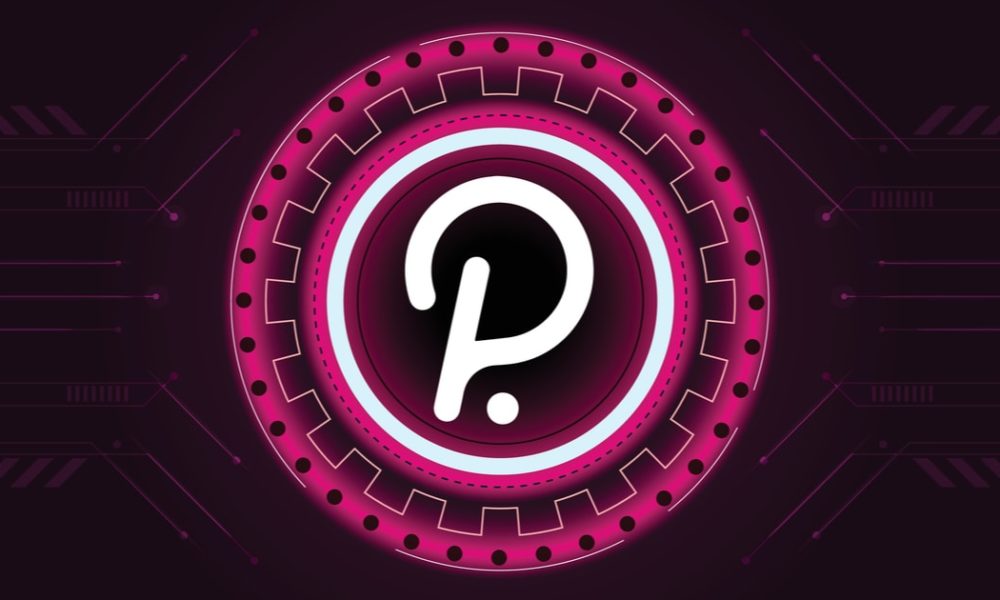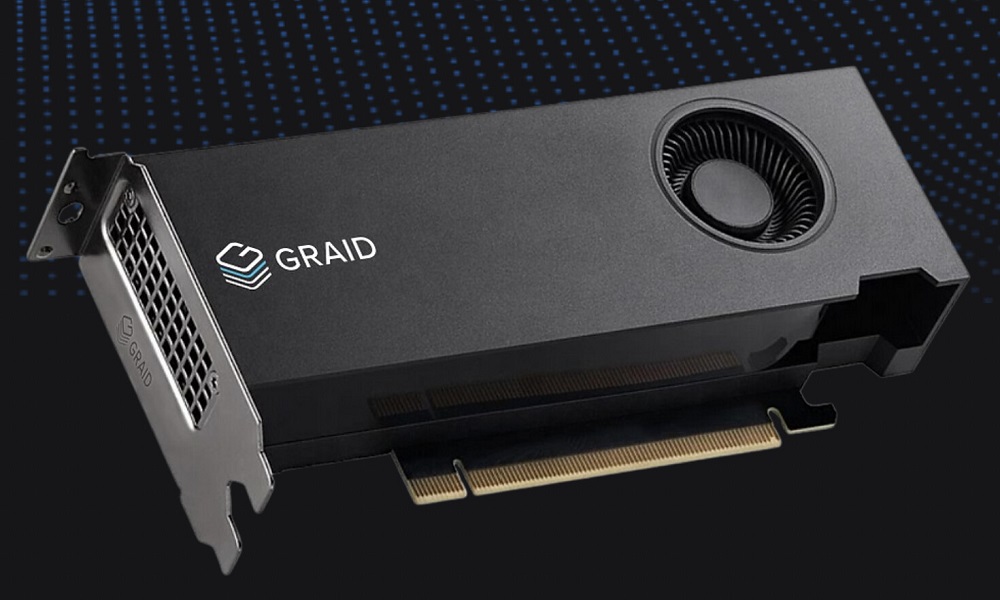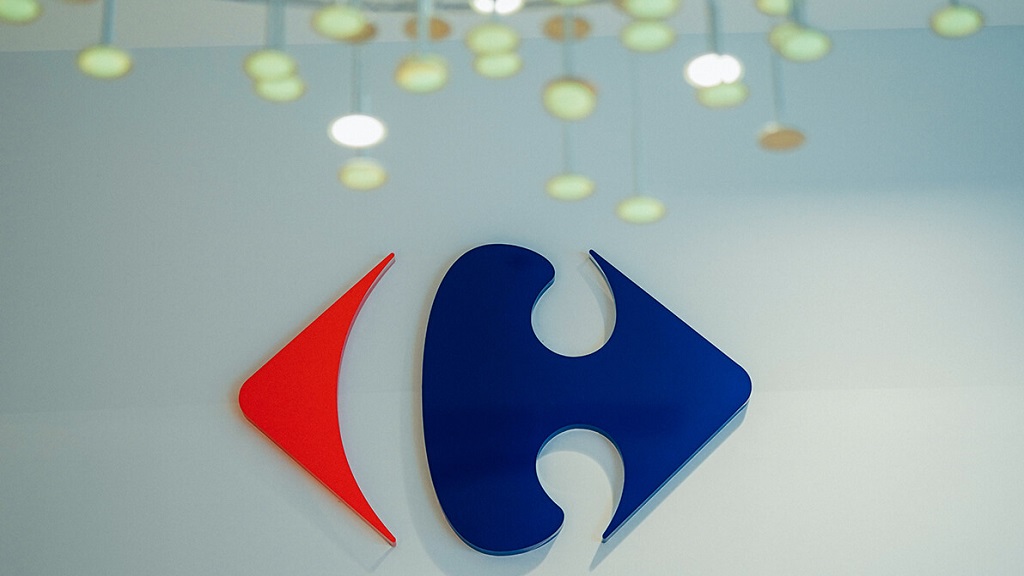
Since November 1, 2008, the mysterious Satoshi Nakamoto announced the launch of a “new electronic cash system” that would receive the name of Bitcoin, the blockchain and its enormous possibilities, have been on everyone’s lips.
In the last decade, large technology companies such as Microsoft, IBM or Google, but also financial institutions (BBVA, Santander), startups and even artists, have tried to rely on the blockchain to verify economic transactions, ensure the ownership of digital assets or guarantee the traceability of any product.
If many of these efforts have resulted in little more than pilot projects, it is because costs, rigidity in scaling up, and the lack of interoperability between the different blockchains, have ended up becoming obstacles that have prevented taking these projects to large-scale production environments. And it is that even Ethereum smart contracts have proven not to be as agile and flexible as many companies need for their operations.
For just over a year, Polkadot, a project that was born to connect private and consortium chains, as well as public networks and all the blockchains that so wish, wants to change all this, aspiring to become in this sense, an authentic decentralized hub for the blockchain around the world.
Gavin Wood: from Ethereum to Polkadot
That Polkadot is not just another project, we discovered it when we found that Gavin Wood is the person in charge. Co-founder of the Ethereum project, he developed the coding language for this network (Solidity), the basis on which he ended up launching his famous smart contract execution system.
Later and after in a certain way verifying the limitations that were occurring in the blockchain world, Wood created the company Parity Technologies, or what is the same: the technological infrastructure on which Polkadot would later develop. He also coined the concept of Web 3.0, which would later translate into the launch of the Web3 Foundation, whose objective is the development of the decentralized Internet. In fact, the first project to come under the umbrella of the Web3 Foundation is precisely Polkadot. These are some of the characteristics that define the new project.
- Interoperability: Polkadot allows the transfer between blockchains of any type of data or assets, not just tokens. Connecting to Polkadot gives you the ability to interoperate with a wide variety of blockchains on your network.
- Economic and transactional scalability: Polkadot provides inexpensive scalability by allowing a common set of validators to secure multiple blockchains. Polkadot provides transactional scalability by distributing transactions across multiple blockchains in parallel. (Valium)
- Framework for projects: In addition to serving as a blockchain exchange point, it allows any developer to create their own blockchain using Substrate, the Polkadot framework.
- Security: Polkadot introduces “shared security,” where multiple strings are secured by Polkadot’s validators. Blockchains can gain security when they connect to Polkadot.
- Governance: Polkadot has an open governance system. Network improvements are coordinated through governance in the chain, ensuring that the development of the network reflects the values of its community.
As we explained before, Polkadot allows any other blockhain to connect to its system. A few weeks ago in fact, the company announced that it was already technically enabled to support the first parachains. To do this and to be able to connect, the chain has to win an auction process, which gives it access to the network for a specified time (1-2 years).
In its current state of development, Polkadot admits up to a maximum of one hundred parachains connected simultaneously that, once they are integrated into the system, can communicate between other parachains and, at the same time, function as a bridge to other external networks such as Bitcoin or Ethereum.
In Kusama, the company’s test and testing environment, there are more than 70 active projects (such as the financial blockchain Acala Network or the Moonbeam smart contract platform), which as of next December, they will be able to together with other independent developers , participate in this auction.



